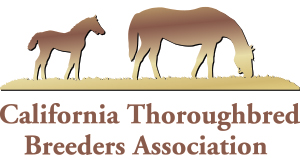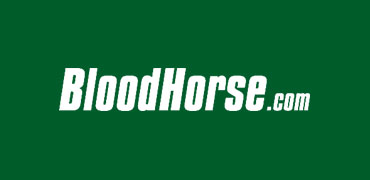By Bloodhorse.com
SACRAMENTO, Calif. (Sept. 15, 2023) — California legislators passed a bill Sept. 14 that determines how simulcast revenue in the state will be distributed once Golden Gate Fields closes its doors, which is anticipated to be June 30, 2024. As part of the negotiations with racing industry leaders in putting the legislation together, The Stronach Group has indicated it will keep racing at Golden Gate for the first six months of next year.
The Stronach Group’s 1/ST Racing threw the California racing scene into turmoil July 16 when it announced it would close the San Francisco Bay Area track when its meet ended in December because the track has not been financially viable. The goal, at the time, was to shift the horse population to the tracks in Southern California and bolster field size.
The change, however, was too sudden for horsemen and the racing fairs in the North to adjust, particularly to develop a racing schedule solution that would serve the North long-term.
At an Aug. 16 meeting of the California Horse Racing Board’s Racing Dates Committee, 1/ST Racing CEO Aidan Butler indicated The Stronach Group would be open to keeping Golden Gate open another six months.
“No one would think shock is a good thing and the timing (of the announcement) could have been done differently, but the commitment to racing in California is going to take the industry to reconsider it in its entirety,” he said. “There was a request by the TOC (Thoroughbred Owners of California) about potentially extending racing at Golden Gate by six months. That is going to have to be a negotiation, but I believe it can be done.”
This opened the door that led to the recently passed legislation that states all simulcast revenue generated in the North after July 1, 2024, when there is no live racing in the region, will be distributed to the Southern California track acting as the host at the time.
Prior to the law being passed (by the Assembly Sept. 13 and the Senate Sept. 14), all simulcast revenues generated in the North—from Southern California tracks and out-of-state signals—stayed in the North, and all simulcast revenues in the South stayed in the South. Also, the reciprocal transmission of simulcast signals between tracks in the North and the South are done without any content fees.
“What the new North looks like is unknown at this time,” said Bill Nader, president and CEO of Thoroughbred Owners of California. “But this legislation says if there are dark weeks in the North, then the Southern zone would deem to be the host and any money in the North would transfer from any wagering in the North on the South or out-of-state content that money would go to the South to support live racing.
“In the short time we had to come up with a framework, I think the industry came together with consensus on a good position,” he said.
Nader noted that the transfer of simulcast revenue from the North to South under this new law would allow for any regulatory costs required by licensees in the North to be covered first and then the net revenue would be sent South to support racing.
According to the most recent California Horse Racing Board annual report, the handle at Golden Gate Fields in 2022 totaled over $524 million for its 120 live race dates. This handle resulted in about $25 million in track commissions, purse funds, and other distributions.
The CHRB will discuss the Northern California racing dates schedule Sept. 21 and also could address any extension requested by The Stronach Group for Golden Gate Fields.
“Part and parcel of the legislation was that The Stronach Group would reconsider its decision to close Golden Gate in December,” said Nader. “They have pledged that they will do that, and I’m sure they will follow through with that. Any formal application will be made Thursday.
“With Golden Gate racing picking up its dates, it will be a more or less business-as-usual approach with the fairs and would take you into October 2024. It really takes the pressure off to determine what the calendar would look like, and everyone has more time in terms of the transition.”
The recent legislation, which still requires Gov. Gavin Newsom’s signature, also permits any fair in Stanislaus County, with the approval of the Department of Food and Agriculture and the authorization of the CHRB, to operate one satellite wagering facility on the same conditions that apply in the counties of Kern and Shasta.


